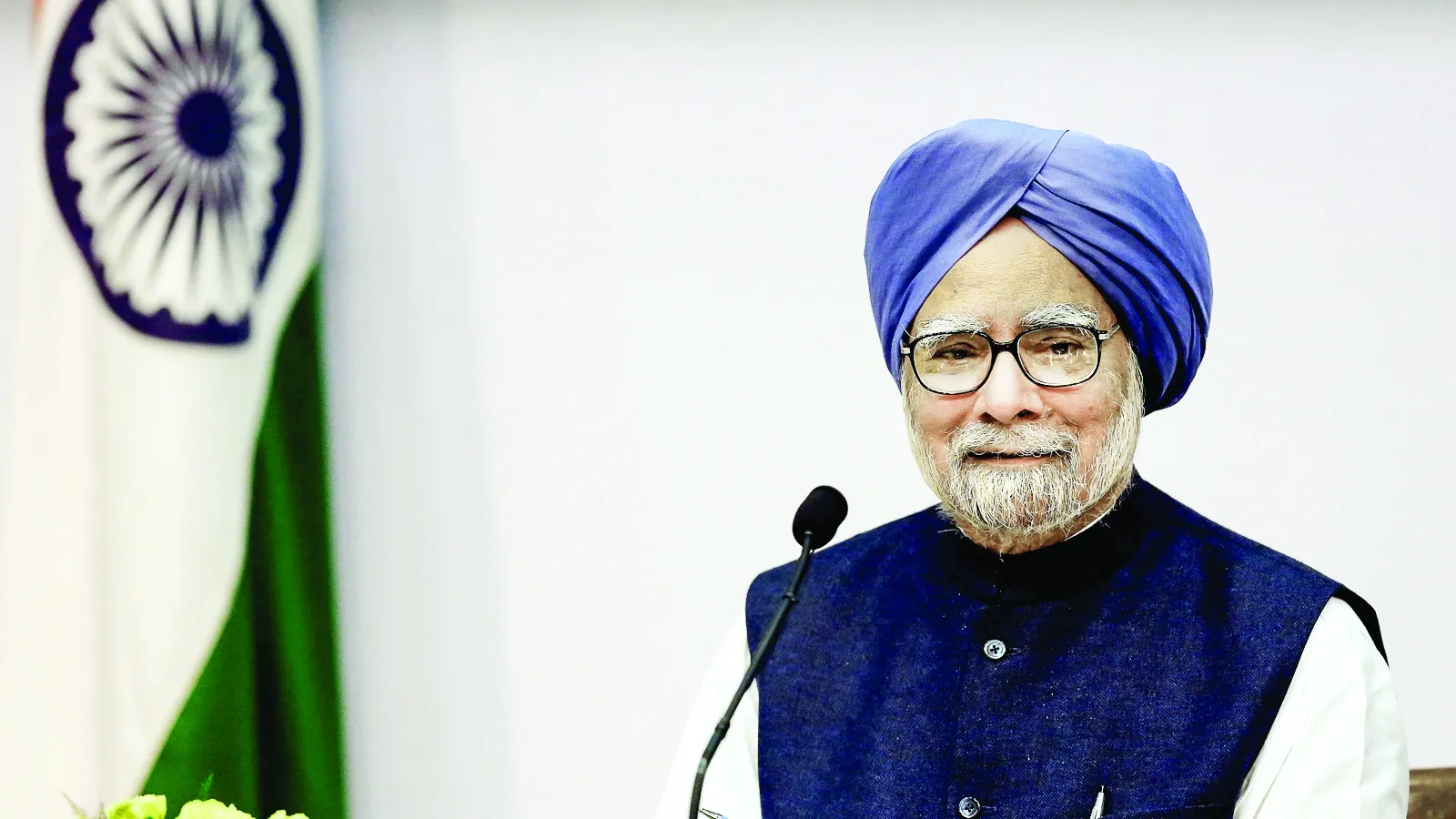The University Grants Commission (UGC) of India has recently approved comprehensive guidelines aimed at enhancing leadership skills within higher education institutions (HEIs) through the Institutional Development Plan (IDP). This initiative is critical in today’s rapidly evolving educational landscape, where effective leadership is paramount for navigating challenges and fostering innovation.
The UGC’s guidelines emphasize the need for a balanced approach that merges administrative responsibilities with encouraging inclusivity and collaboration with industry. As articulated by UGC Chairman Prof. M Jagadesh Kumar, nurturing leadership within HEIs is essential for addressing the complexities of modern education and ensuring that institutions are equipped to meet both local and national challenges.
The guidelines advocate for tailored leadership development programs that focus on skill enhancement, strategic visioning, and adaptive leadership. They suggest that HEIs should cultivate leaders who not only excel in academic administration but also inspire and mentor faculty and students alike.
This holistic approach to leadership development is aligned with the National Education Policy (NEP) 2020, which calls for a transformation in educational structures to accommodate multidisciplinary approaches and greater institutional autonomy. By preparing faculty for leadership roles, the UGC aims to create a robust pipeline of leaders capable of steering their institutions toward sustainable growth and innovation. Effective academic leadership is characterized by several key attributes, including a clear vision, ethical integrity, and the ability to foster a positive institutional culture.
Leaders in higher education must navigate an increasingly complex environment marked by diverse student populations, evolving funding structures, and heightened competition. In this context, the ability to communicate a compelling vision while engaging faculty and staff in decision-making processes becomes crucial.
The UGC guidelines underscore the importance of mentorship and continuous learning as integral components of effective leadership development. Moreover, the guidelines highlight the necessity for academic leaders to possess diversified skill sets that extend beyond traditional roles. Faculty members are encouraged to develop competencies as researchers, mentors, and administrators while also embracing entrepreneurial skills to thrive in a volatile and uncertain world.
This emphasis on adaptability prepares leaders not only to respond to immediate challenges but also to anticipate future trends in education and workforce demands.In addition to individual skill development, the UGC’s leadership framework promotes cross-disciplinary collaboration among faculty members. By fostering an environment where diverse perspectives can converge, institutions can enhance their research capabilities and educational offerings. This collaborative spirit is essential for creating innovative solutions that address contemporary societal issues.
The implementation of these guidelines will require a concerted effort from all stakeholders within HEIs. Institutional leaders must actively engage with faculty to identify specific leadership development needs and create customized programs that align with their unique missions. The UGC has also introduced two training modalities—Integrated Government Online Training (iGOT) and Online Leadership Training Programs—to facilitate this capacity-building initiative.Furthermore, the guidelines advocate for succession planning as a vital component of institutional strategy.
By preparing faculty members for leadership roles through structured development programs, institutions can ensure continuity in leadership during transitions. This proactive approach not only strengthens institutional resilience but also enhances employee engagement by providing clear career advancement pathways.
As higher education continues to evolve, it is imperative that institutions prioritize investment in leadership development at all levels. This investment not only prepares individuals for future roles but also cultivates an organizational culture that values diversity, equity, and inclusion. By attracting and retaining talented leaders from various backgrounds, HEIs can enrich their academic environments and better serve their communities. In conclusion, the UGC’s IDP guidelines represent a significant step forward in enhancing leadership capabilities within Indian higher education. By fostering a culture of continuous learning and collaboration, these guidelines aim to prepare academic leaders who are equipped to navigate the complexities of modern education while driving institutional excellence.
As HEIs implement these frameworks, they will not only contribute to their own growth but also play a pivotal role in shaping the future of higher education in India. The focus on developing effective leaders will ultimately empower institutions to fulfill their dual missions of academic excellence and social responsibility, ensuring that they remain relevant and impactful in an ever-changing global landscape.
* Prof. (Dr.) Anuradha R. Tiwary, Registrar, GD Goenka University, Gurugram.























